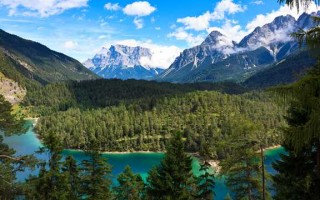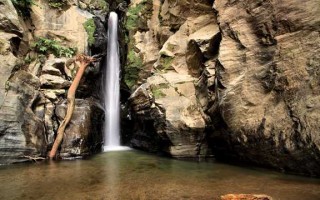The Great Wall of China is not just a wall; it's a testament to human ingenuity, a symbol of China's historical resilience, and a marvel of engineering that has stood the test of time. Spanning over 13,000 miles, it's one of the most iconic landmarks in the world, attracting millions of visitors annually. This article delves into the multifaceted aspects of the Great Wall, offering insights into its history, construction, cultural significance, and the experiences it provides to modern-day explorers.
Historical Context
The Great Wall's origins date back to the 7th century BC when various states in China began building walls to protect themselves from invasions by nomadic tribes. The most famous sections were built during the Ming Dynasty (1368-1644 AD), a period of stability and prosperity that saw the construction of a unified wall stretching from the east coast to the west.
The wall was not a continuous structure but rather a series of walls and fortifications. It was designed to slow down and deter invaders, giving the defenders time to mobilize and counterattack. The wall's construction involved millions of workers, many of whom were soldiers, peasants, and prisoners.
.jpg)
Engineering Feats
The construction of the Great Wall was an incredible engineering achievement, considering the technology available at the time. Workers used materials such as tamped earth, bricks, stones, and wood, depending on the local availability. The wall's design varied depending on the terrain; it was thicker and taller in areas with a higher risk of attack.
The wall was not just a static defense; it featured watchtowers, beacon towers, and fortresses for communication and reinforcement. The beacon system was particularly ingenious, allowing for rapid communication across vast distances. Smoke or fire signals from one tower would be relayed to the next, alerting commanders to potential threats.
Cultural Significance
The Great Wall is steeped in Chinese culture and folklore. It's a symbol of unity and strength, representing the determination of a nation to protect its people and territory. The wall has been immortalized in literature, art, and film, reflecting its importance in the collective consciousness of the Chinese people.
One of the most famous legends associated with the wall is the story of Meng Jiangnu, a woman who is said to have cried so much over the death of her husband, who died building the wall, that a section of it collapsed. This tale highlights the human cost of the wall's construction and the emotional connection people have with it.
Modern-Day Attractions
.jpg)
Today, the Great Wall is a UNESCO World Heritage site and a popular tourist destination. Visitors can explore several well-preserved sections, each offering a unique experience.
1、Badaling: The most visited section, Badaling is about 45 miles from Beijing and offers a glimpse into the wall's grandeur. It's equipped with facilities for tourists, including a cable car for easy access.
2、Mutianyu: Less crowded than Badaling, Mutianyu is known for its well-preserved watchtowers and stunning views. It's also accessible by cable car and toboggan.
3、Jinshanling: For those seeking a more adventurous experience, Jinshanling offers a less restored section of the wall with a challenging hike.
4、Simatai: This section is known for its dramatic landscapes, with the wall snaking along steep cliffs and over rivers. It's a favorite among photographers.
5、The Great Wall at Jinshanling to Simatai: This hike is considered one of the most beautiful and challenging, offering a mix of restored and unrestored sections.
Visitor Experiences
Visiting the Great Wall is more than just sightseeing; it's an immersive experience that allows you to step back in time. Here are some activities that enhance the experience:
Hiking: Walking along the wall is a physical challenge that rewards you with panoramic views and a sense of accomplishment.
Cultural Performances: Some sections offer traditional Chinese performances, such as acrobatics and martial arts, providing a cultural experience.
Guided Tours: Expert guides can provide historical context and share fascinating stories about the wall.
Photography: The Great Wall offers endless opportunities for stunning photographs, especially at sunrise and sunset.
Camping: For a more immersive experience, some sections allow camping, allowing visitors to spend a night under the stars with the wall as their backdrop.
Conservation Efforts
The Great Wall is an ancient structure that requires careful preservation. Over the years, natural erosion, vandalism, and neglect have taken their toll. Conservation efforts are ongoing, with the Chinese government and international organizations working together to restore and protect the wall.
Visitors play a crucial role in conservation by adhering to rules that protect the wall, such as not damaging the bricks or littering. Some sections are off-limits to tourists to allow for restoration work.
Conclusion
The Great Wall of China is more than just a tourist attraction; it's a living, breathing testament to China's history and culture. Its construction was a monumental task that showcases the ingenuity and determination of the Chinese people. Today, it stands as a symbol of national pride and a source of inspiration for visitors from around the world.
Whether you're a history buff, an adventure seeker, or simply someone who appreciates the beauty of ancient structures, the Great Wall offers a unique and unforgettable experience. It's a journey through time, a chance to walk in the footsteps of emperors and soldiers, and to marvel at a structure that has stood for centuries against the elements and the test of time.
标签: 旅游景点英文介绍







